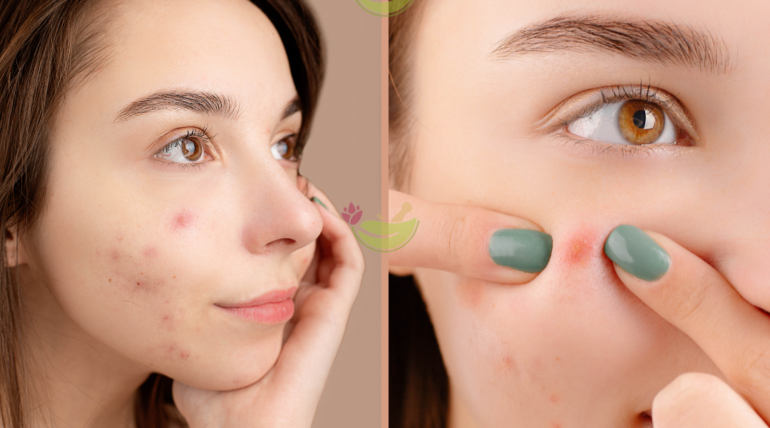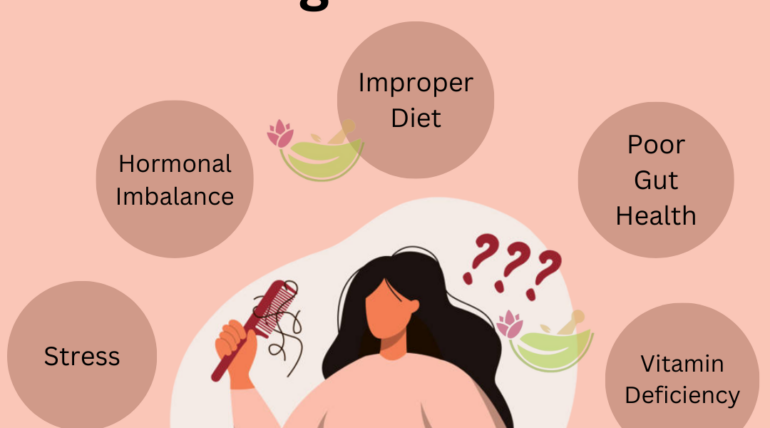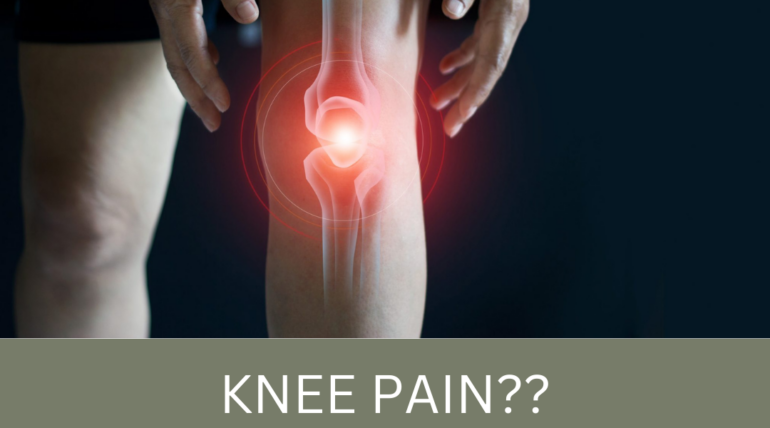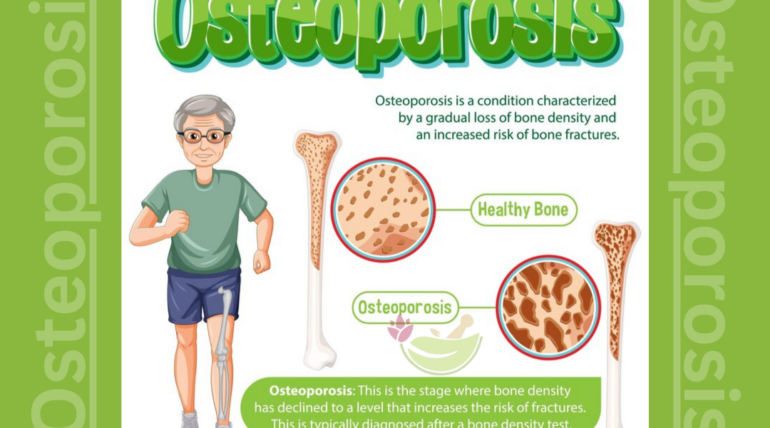Shirodhara: An ultimate weapon for stress in todays era
Introduction:
In today’s fast-paced world, stress has become an inevitable part of daily life for many. From work pressures to personal responsibilities, the demands of modern living can take a toll on our mental and physical well-being. Chronic stress not only affects our mood and productivity but also undermines our overall health, contributing to various ailments like anxiety, depression, insomnia, and even cardiovascular diseases.
In such a scenario, it’s crucial to explore a holistic approach to combat stress and restore balance to our body and mind to be in peace; in which Ayurveda is sure an effective way. Shirodhara is one of the effective and non-side-effective treatments in Ayurveda to combat stress.
Understanding the Shirodhara procedure:
Before diving into Shirodhara benefits lets understand it first. Shirodhara is a combination of two Sanskrit words Shira means head & Dhara means flow. Hence Shirodhara is a procedure in which medicated oil is poured with steady and continuous stream on the forehead. This process is continued for 30 to 45 minutes. This soothing therapy is renowned for its profound relaxation and rejuvenating effects on the body and mind.
Benefits of doing Shirodhara:
- Calming effects: The continuous flow of oil on the forehead helps to create a smoothening effect on the brain which ultimately calms down the nervous system & promotes a deep sense of tranquillity.
- Improves sleep quality: The induction of relaxation helps to alleviate insomnia & promotes good sleep quality.
- Balances stress hormone: The continuous pouring of oil on the forehead helps to (stimulate the third eye which ultimately) regulates the brain centres to regulate the production of hormones by reducing stress.
- Relieves mental tension: The rhythmic flow of oil on the forehead helps to relieve the tension by controlling the hormone regulation, inducing good quality sleep etc.
- Enhances good mood: All the corrections done in the physiology of the body mentioned above ultimately result in good behaviour and mood elevation of a person.
Other associated benefits of doing Shirodhara:
- Nourishes & rejuvenates scalp health
- Helps restore, and promote hair growth & health
- Beneficial in scalp psoriasis (Takra Dhara)
- Beneficial for patients suffering from hair loss
Who is eligible to go for Shirodhara?
- Person who going through stress
- Students to improve concentration
- Women’s to control the hormonal imbalance
- People who have anger issues
- A healthy person who wants to distress himself
- Patients having a seizure or epilepsy history
- Patient gone through severe brain injury in past
- The patient had a previous history of paralysis
- People who work on computers for a longer duration
- People who want to improve their work productivity
- People who have work of intellect
When Shirodhara can be done?
It can be carried out throughout the year as per one Ayurvedic physician. As there is no season described for Shirodhara in Ayurvedic text.
Who to avoid Shirodhara?
- A person who is suffering from cough congestion
- A person who sleeps more
- A person who has undergone recent surgery related to the head region
- A person having a headache due to Kapha dosha
For how many days Shirodhara is to perform?
It is advised to do at least 5 days to continue the Shirodhara therapy. One therapy can be scheduled for a minimum of 7 days to 21 days as per Doshas constitution and requirement as a therapeutic procedure.
Conclusion:
Today our fast-paced world is occupied by everyone with stress and tension; which affects their normal life now or later on. This is a major cause of heart disease in today’s era. To combat stress and release tension Shirodhara is found effective in controlling all the problems arising from it. Shirodhara helps to restore the balance of doshas and incorporate the peace within leading towards a healthy life.
At Dr Bathe’s Ayurvidhi Clinic – Ayurvedic Clinic & Panchakarma Centre we traditionally perform Shirodhara to get optimum benefits to our patients.
Address: Dr. Bathe’s Ayurvidhi Clinic- Ayurvedic Clinic & Panchakarma Centre, office no. 309, Park Plaza Business Centre, Porwal Road, Lohegaon, Pune – 411047.















Recent Comments